Home>Interior Design>Family Room Mistakes To Avoid: According To Designers
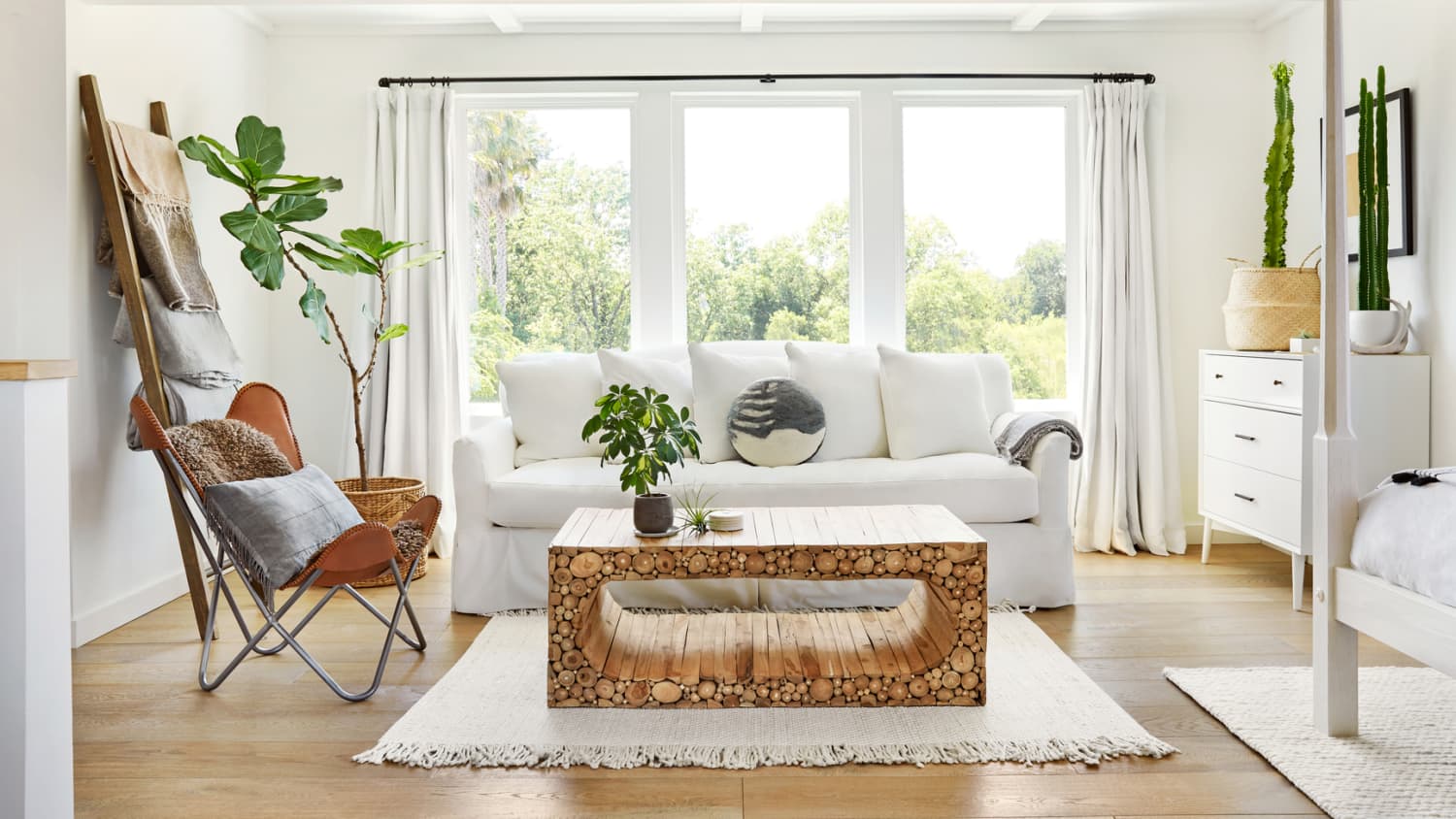

Interior Design
Family Room Mistakes To Avoid: According To Designers
Modified: January 20, 2024
Avoid common interior design mistakes in your family room with expert advice from designers. Create a stylish and functional space that reflects your personal style.
(Many of the links in this article redirect to a specific reviewed product. Your purchase of these products through affiliate links helps to generate commission for Storables.com, at no extra cost. Learn more)
Introduction
Welcome to the world of interior design, where every room tells a unique story and reflects the taste and personality of its occupants. When it comes to creating a family room, there are a plethora of possibilities, from choosing the right furniture to selecting the perfect color scheme. However, even the most well-intentioned homeowners can make mistakes along the way.
In this article, we will explore the top 10 family room mistakes to avoid, according to seasoned interior designers. By understanding and avoiding these pitfalls, you can transform your family room into a functional, stylish, and welcoming space for your loved ones.
Key Takeaways:
- Avoid common family room mistakes such as poor furniture arrangement, inadequate lighting, and clutter to create a functional and inviting space for your loved ones.
- Personalize your family room with meaningful décor, proper lighting, and thoughtful furniture arrangement to foster connection and create a comfortable sanctuary for your family.
Mistake 1: Poor Furniture Arrangement
One of the most common mistakes in a family room is poor furniture arrangement. It’s easy to fall into the trap of pushing all the furniture against the walls or placing it haphazardly without considering the room’s layout and flow. However, this can result in a space that feels disjointed and uncomfortable.
Instead, opt for furniture arrangement that promotes conversation and interaction. Start by identifying the room’s focal point, such as a fireplace or a media console, and arrange the seating around it. This creates a cozy gathering spot and encourages family members to engage with one another.
Consider the traffic flow within the room as well. Leave enough space between furniture pieces to allow for easy movement. Avoid arranging furniture in a way that blocks natural pathways or interrupts the overall circulation of the space.
Additionally, take into account the size of the furniture in relation to the room. Oversized pieces can make a small room feel cramped, while too many small pieces can create a cluttered appearance. Strike a balance by selecting furniture that fits the scale of the room and leaves enough breathing room.
Remember, furniture arrangement is not just about aesthetics; it’s about creating a functional and comfortable space for your family to enjoy.
Mistake 2: Lack of Proper Lighting
Lighting is a crucial element in any room, and the family room is no exception. Unfortunately, one common mistake homeowners make is neglecting to incorporate proper lighting into their family room design.
Insufficient lighting can make the space feel dull, dim, and uninviting. On the other hand, a well-lit room can create a warm and welcoming ambiance for your family to relax and spend time together.
Start by considering the different types of lighting that should be present in your family room. There are three main categories: ambient lighting, task lighting, and accent lighting.
Ambient lighting provides overall illumination for the room and sets the general mood. This can be achieved through overhead fixtures, such as chandeliers or ceiling-mounted lights. Make sure the brightness level is suitable for various activities and adjustable to create different atmospheres.
Task lighting is essential for specific activities, such as reading, playing board games, or doing homework. Floor lamps, table lamps, or desk lamps can provide focused and adjustable lighting for these tasks.
Lastly, don’t forget about accent lighting to highlight architectural features, artwork, or decorative elements in the room. Wall sconces, picture lights, or track lighting can be used to draw attention to these focal points.
Strive for a combination of these lighting layers to achieve a well-balanced and functional family room. Consider using dimmers or smart lighting controls to customize the lighting levels based on the time of day or the activities taking place in the room.
Avoid the mistake of relying solely on one source of lighting, as it can result in a flat and uninspiring atmosphere. Instead, embrace the power of multiple light sources to create a dynamic and inviting space for your family to enjoy.
Mistake 3: Overcrowded Space
A family room should be a comfortable and relaxing space for the entire family to spend quality time together. However, one common mistake that is often made is overcrowding the room with too much furniture and accessories.
It’s tempting to fill every corner with decorative items, extra seating, and storage pieces. However, an overcrowded family room not only feels cluttered and chaotic, but it also restricts movement and can make the space feel cramped.
To avoid this mistake, start by assessing the size of the room and the amount of furniture it can comfortably accommodate. Consider the needs and activities of your family when deciding on the essential pieces of furniture. Focus on functionality and prioritize quality over quantity.
Decluttering is key to create an open and spacious atmosphere. Remove any unnecessary items, knick-knacks, or outdated accessories that are taking up valuable space. Keep in mind that less is more when it comes to achieving a cohesive and visually appealing family room.
When arranging the furniture, leave enough breathing room between each piece. Allow for easy movement and ensure that the layout promotes conversation and interaction. Remember, creating an open flow and a sense of balance in the room is essential for a harmonious and serene environment.
Consider multifunctional furniture pieces that can serve more than one purpose. For example, an ottoman with hidden storage or a coffee table with shelves can help minimize the need for additional storage units and keep the room organized.
By avoiding the mistake of overcrowding your family room, you can create a space that feels spacious, inviting, and conducive to relaxation and quality time with your loved ones.
Mistake 4: Ignoring Functionality
When designing a family room, it’s crucial not to overlook the importance of functionality. While aesthetics are important, the room should also serve the practical needs and activities of your family.
One common mistake is focusing solely on style and neglecting to incorporate functional elements into the room’s design. Without considering functionality, the family room may not be able to accommodate the everyday activities and routines of your household.
Start by identifying the primary activities that will take place in the room. Will it be primarily used for lounging, watching TV, playing games, or a combination of activities? Understanding the purpose of the space will guide you in making informed decisions about furniture, storage, and layout.
Consider the seating options and arrangements. Opt for comfortable and durable furniture that can withstand regular use. Sectional sofas, recliners, or oversized chairs can provide ample seating for the whole family, while also offering a cozy and inviting atmosphere.
Storage solutions are another essential aspect to consider. A family room tends to accumulate various items, such as remote controls, books, toys, or blankets. Incorporating storage furniture, such as shelves, cabinets, or ottomans with hidden compartments, can help keep the space organized and clutter-free.
Additionally, think about the technology needs of your family. Ensure that there are enough outlets and charging stations for devices like TVs, gaming consoles, or laptops. Integrating smart home technology can also enhance the functionality of the room, allowing you to control lighting, temperature, and entertainment systems with ease.
Don’t forget about the layout as well. Arrange the furniture in a way that makes sense for the activities that will take place in the room. Create distinct zones for different functions, such as a cozy reading corner, a dedicated gaming area, or a family gathering space around the TV.
By considering the functionality of your family room, you can design a space that not only looks beautiful but also seamlessly accommodates the needs of your family and enhances their everyday routines.
Mistake 5: Neglecting Storage Solutions
Storage is often an overlooked aspect when designing a family room. Neglecting to incorporate proper storage solutions can lead to a cluttered and disorganized space, making it challenging to keep the room tidy and functional.
One common mistake is relying solely on the limited storage capacity of furniture pieces such as coffee tables or media consoles. While these pieces can provide some storage space, they may not be sufficient to accommodate the various items that accumulate in a family room.
To avoid this mistake, consider incorporating additional storage furniture into the room. Cabinets, bookshelves, or wall-mounted storage units can help create a designated place for items such as books, toys, electronics, or board games.
Opt for furniture pieces that serve a dual purpose, such as ottomans or benches with hidden storage compartments. These can provide extra seating options while keeping the room clutter-free by stowing away items like blankets, pillows, or magazines.
Think vertically when it comes to storage. Utilize wall space by installing shelves or racks to display or store items. This not only maximizes the storage capacity but also adds visual interest and personalization to the room.
Consider incorporating built-in storage solutions if possible. Custom cabinetry or built-in bookcases can provide ample storage while seamlessly blending into the room’s design. These can be particularly useful in smaller family rooms where space is limited.
Another important aspect of storage in a family room is organization. Use baskets, bins, or storage containers to categorize and contain items. Labeling these containers can make it easier to find and access specific items, reducing clutter and improving the overall functionality of the space.
Don’t forget to declutter regularly and set aside time for organization. Remove items that are no longer needed or don’t belong in the family room. By regularly assessing and purging unnecessary items, you can maintain a clean and organized space.
By avoiding the mistake of neglecting storage solutions, you can create a family room that is not only visually appealing but also practical and clutter-free, allowing for a more enjoyable and functional space for your family to relax and spend time together.
When designing a family room, avoid overcrowding the space with too much furniture. Opt for a few well-chosen, high-quality pieces that allow for easy movement and flow in the room.
Mistake 6: Neglecting Wall Décor
When it comes to designing a family room, the walls are often an underutilized canvas. Neglecting to incorporate wall décor can result in a lackluster and incomplete look. Wall décor plays a crucial role in adding personality, visual interest, and a finishing touch to the room.
One common mistake is leaving the walls bare or simply hanging a single piece of artwork, which can create a sense of emptiness and missed opportunities for enhancing the overall ambiance of the room.
To avoid this mistake, consider various options for wall décor that can complement the style and theme of your family room. Here are a few ideas to get you started:
- Hang a gallery wall: Create a visually striking display by grouping different-sized artwork, photographs, or framed prints. This can add depth and character to the room, while also showcasing your personal style and memories.
- Install floating shelves: Floating shelves not only provide additional storage options but also serve as a platform to showcase decorative items such as small sculptures, plants, or family heirlooms. Mix and match different objects to create an interesting and curated display.
- Utilize mirrors: Mirrors can serve both decorative and functional purposes. They can reflect light, making the room appear larger and brighter. Choose statement mirrors or arrange a collection of smaller mirrors for a unique and eye-catching display.
- Consider wall decals or wallpaper: These can add a pop of color, pattern, or texture to the walls without the permanence of paint. Wall decals come in various designs and can be easily applied and removed, making them a great option for renters or those who like to change up their décor frequently.
- Install statement art pieces: A large, bold artwork or a statement piece can serve as a focal point in the room and tie the overall design together. Consider the scale, color scheme, and theme of your family room when selecting an art piece.
Don’t be afraid to experiment with different textures, materials, and styles when choosing wall décor. Mix and match different elements to create a visually appealing and cohesive look.
Remember, the walls in your family room present an opportunity to express your creativity and showcase your personality. By avoiding the mistake of neglecting wall décor, you can transform your family room into a truly remarkable and personalized space.
Mistake 7: Incorrect Rug Size
Choosing the right rug size is crucial in creating a well-balanced and cohesive look for your family room. Unfortunately, one common mistake is selecting an incorrect rug size that doesn’t fit the space properly.
Too often, homeowners choose rugs that are too small for the room, resulting in an underwhelming and disproportionate appearance. A small rug can make the entire space feel disjointed and can make the furniture arrangement seem awkward.
To avoid this mistake, consider the following guidelines when selecting a rug for your family room:
- Measure the seating area: Take accurate measurements of the seating area in your family room, including the dimensions of the sofa, chairs, and coffee table. The rug should be large enough to cover the entire seating area, allowing the furniture to sit comfortably on the rug.
- Leave a border: Leave a border of 18-24 inches between the edge of the rug and the walls of the room. This creates a visual frame and defines the seating area without cramping the space.
- Consider the room layout: If your family room has an open floor plan or is connected to other areas of the house, such as the dining area or kitchen, it’s important to choose a rug size that clearly defines the boundaries of the space.
- Account for traffic flow: Leave enough space between the edges of the rug and the main pathways in the room to ensure smooth traffic flow. This helps prevent tripping hazards and maintains a sense of openness.
Remember that a properly sized rug can anchor the furniture and tie the room together. It adds warmth, texture, and a sense of coziness to the space while also providing a comfortable surface for your feet.
Additionally, don’t forget about the rug’s design and pattern. Consider the overall color scheme and style of your family room when selecting a rug to ensure it complements the existing décor.
By avoiding the mistake of choosing an incorrect rug size, you can create a visually pleasing and harmonious family room that feels cohesive, inviting, and well-proportioned.
Mistake 8: Disregarding Color Scheme
The color scheme of your family room plays a crucial role in setting the mood, creating a cohesive design, and evoking the desired emotions. However, one common mistake homeowners make is disregarding the importance of a well-thought-out color scheme.
When the color scheme is neglected, the room can feel unbalanced, chaotic, or simply lackluster. Without a cohesive color palette, the various elements in the room may clash or fail to work together harmoniously.
To avoid this mistake, consider the following tips when selecting a color scheme for your family room:
- Identify a base color: Start by selecting a base color that will serve as the foundation of your color scheme. This can be a neutral color, such as beige, gray, or white, which will create a versatile backdrop for other colors to shine.
- Choose complementary colors: Select two or three colors that complement your base color and create visual interest. Complementary colors are located opposite each other on the color wheel and can create a harmonious and balanced look. Consider warm and cool tones that complement each other, such as blue and orange or green and purple.
- Mind the intensity: When choosing colors, pay attention to their intensity or saturation level. A room with all bold and vibrant colors can feel overwhelming, while a room with all muted colors can appear dull. Strike a balance by incorporating both vibrant and subdued hues to add depth and visual appeal.
- Consider the lighting: Keep in mind the natural and artificial lighting in the room when selecting colors. Natural light can affect the appearance of colors throughout the day, while different lighting fixtures can cast different tones. Test samples of your chosen colors in different lighting conditions to ensure they look as expected.
- Add texture and patterns: Don’t limit the color scheme to solid colors. Incorporate texture and patterns through textiles, such as curtains, rugs, cushions, and upholstery. This can add visual interest and dimension to the room while complementing the chosen color palette.
Remember, the color scheme sets the tone for your family room and influences the overall atmosphere. It’s important to consider the mood you want to create, whether it’s a calming and serene space, a vibrant and energetic environment, or a cozy and inviting ambiance.
By avoiding the mistake of disregarding the color scheme, you can create a family room that is visually pleasing, well-coordinated, and emotionally appealing.
Mistake 9: Clutter and Untidiness
Clutter and untidiness can quickly take away from the beauty and functionality of a family room. It’s a common mistake to overlook the importance of keeping the space organized and free from unnecessary clutter.
A cluttered and untidy family room can create a sense of chaos, make it difficult to find what you need, and even hinder the use of the space. To avoid this mistake and maintain a clean and organized family room, consider the following tips:
- Declutter regularly: Set aside time to declutter your family room on a regular basis. Remove any items that are no longer needed, out of place, or don’t belong in the room. Consider donating or properly storing items that are not frequently used.
- Designate storage spaces: Establish specific storage areas for different types of items in your family room. This can include shelves, baskets, cabinets, or storage furniture. Encourage all family members to return items to their designated spaces after use to maintain an organized environment.
- Minimize visible clutter: Avoid having too many items on display that can create visual clutter. Instead, opt for a few carefully selected decorative pieces that contribute to the overall aesthetic of the room. Keeping surfaces clean and clear will create a sense of openness and tidiness.
- Create a system for daily maintenance: Develop a routine for daily maintenance tasks such as tidying up, wiping surfaces, and vacuuming. Encourage family members to participate in the upkeep of the family room to keep it looking tidy and inviting.
- Invest in hidden storage solutions: In addition to visible storage options, consider investing in hidden storage solutions. Furniture with hidden compartments, ottomans with storage space, or built-in shelving can help keep items out of sight while maintaining a clutter-free appearance.
- Organize electronics and cords: Electronic devices can contribute to a cluttered look, especially when cords and cables are tangled and visible. Use cable management solutions, such as cord clips or cable sleeves, to keep cords organized and hidden from view.
By avoiding the mistake of allowing clutter and untidiness in your family room, you can create a space that is not only visually appealing but also promotes a sense of calm, order, and relaxation for your family to enjoy.
Mistake 10: Neglecting Personalization
Personalization is an essential aspect of designing a family room that truly reflects your family’s unique personality and interests. However, it’s a common mistake to neglect the personalization of the space and instead opt for generic or impersonal décor.
When a family room lacks personalization, it can feel cold, generic, and devoid of character. It’s important to infuse your family room with elements that reflect your family’s style, memories, and passions. Here are some tips to avoid this mistake and add a personal touch to your family room:
- Showcase family photos: Displaying family photos is a wonderful way to make your family room feel more personal and inviting. Create a photo gallery wall or use frames to showcase cherished memories and loved ones.
- Incorporate meaningful artwork: Choose artwork that speaks to you and your family. It could be pieces created by family members, art prints that represent your interests, or even artwork collected during your travels. Art can be a conversation starter and a way to express your family’s tastes and experiences.
- Add sentimental items: Include sentimental items or heirlooms that hold special meaning for your family. These could be passed-down treasures, handmade crafts, or souvenirs from memorable trips. Incorporating these items into your family room can create a sense of warmth and nostalgia.
- Display hobbies and interests: If your family has specific hobbies or interests, find ways to incorporate them into the family room. For example, if you enjoy music, set up a music corner with instruments or a vinyl record collection. If you’re a sports-loving family, showcase memorabilia or sports-themed artwork.
- Create a cozy reading nook: If reading is a cherished pastime in your family, designate a cozy reading nook in the family room. Include a comfortable chair or bean bag, a bookshelf filled with your favorite reads, and soft lighting for a quiet and inviting space.
- Add personal touches with textiles: Use throw pillows, blankets, and curtains to introduce patterns, colors, and textures that reflect your family’s style. Look for fabrics that speak to your tastes, whether it’s bold and playful or soft and serene.
Remember, the family room is a space where your family comes together and creates lasting memories. By personalizing the room, you can make it a true reflection of your family’s values, interests, and experiences.
Avoid the mistake of neglecting personalization and embrace the opportunity to make your family room uniquely yours. Your family will feel more connected to the space, and it will become a place where you can relax, bond, and enjoy each other’s company.
Conclusion
Designing a family room is an exciting and rewarding experience, but it’s important to avoid common mistakes that can hinder its functionality and aesthetic appeal. By being mindful of the following ten mistakes and taking steps to address them, you can create a family room that reflects your unique style, fosters connection, and provides a comfortable sanctuary for your loved ones.
First, avoid the mistake of poor furniture arrangement. Instead, focus on creating a layout that promotes conversation and allows for easy movement.
Second, ensure that your family room has proper lighting. Incorporate a combination of ambient, task, and accent lighting to create a warm and inviting atmosphere.
Third, be mindful of overcrowding the space. Strive for a balanced and comfortable arrangement that allows room to breathe.
Fourth, don’t neglect functionality. Consider the activities that will take place in the room and select furniture and storage solutions that cater to those needs.
Fifth, incorporate adequate storage solutions to keep your family room organized and free from clutter.
Sixth, don’t overlook the impact of wall décor. Utilize artworks, shelves, mirrors, and decals to add visual interest and personalize the space.
Seventh, choose the correct rug size to create balance and proportion in the room.
Eighth, be mindful of the color scheme. Select colors that complement each other and evoke the desired mood in your family room.
Ninth, avoid clutter and untidiness by implementing storage systems, decluttering regularly, and establishing daily maintenance routines.
Tenth, personalize your family room to make it a true reflection of your family’s style, memories, and interests.
By avoiding these ten mistakes and incorporating thoughtful design choices, your family room will become a welcoming, functional, and aesthetically pleasing space that brings your loved ones together. Take the time to plan, experiment, and make it uniquely yours. Your family will enjoy the benefits of a well-designed and personalized family room for years to come.
Frequently Asked Questions about Family Room Mistakes To Avoid: According To Designers
Was this page helpful?
At Storables.com, we guarantee accurate and reliable information. Our content, validated by Expert Board Contributors, is crafted following stringent Editorial Policies. We're committed to providing you with well-researched, expert-backed insights for all your informational needs.
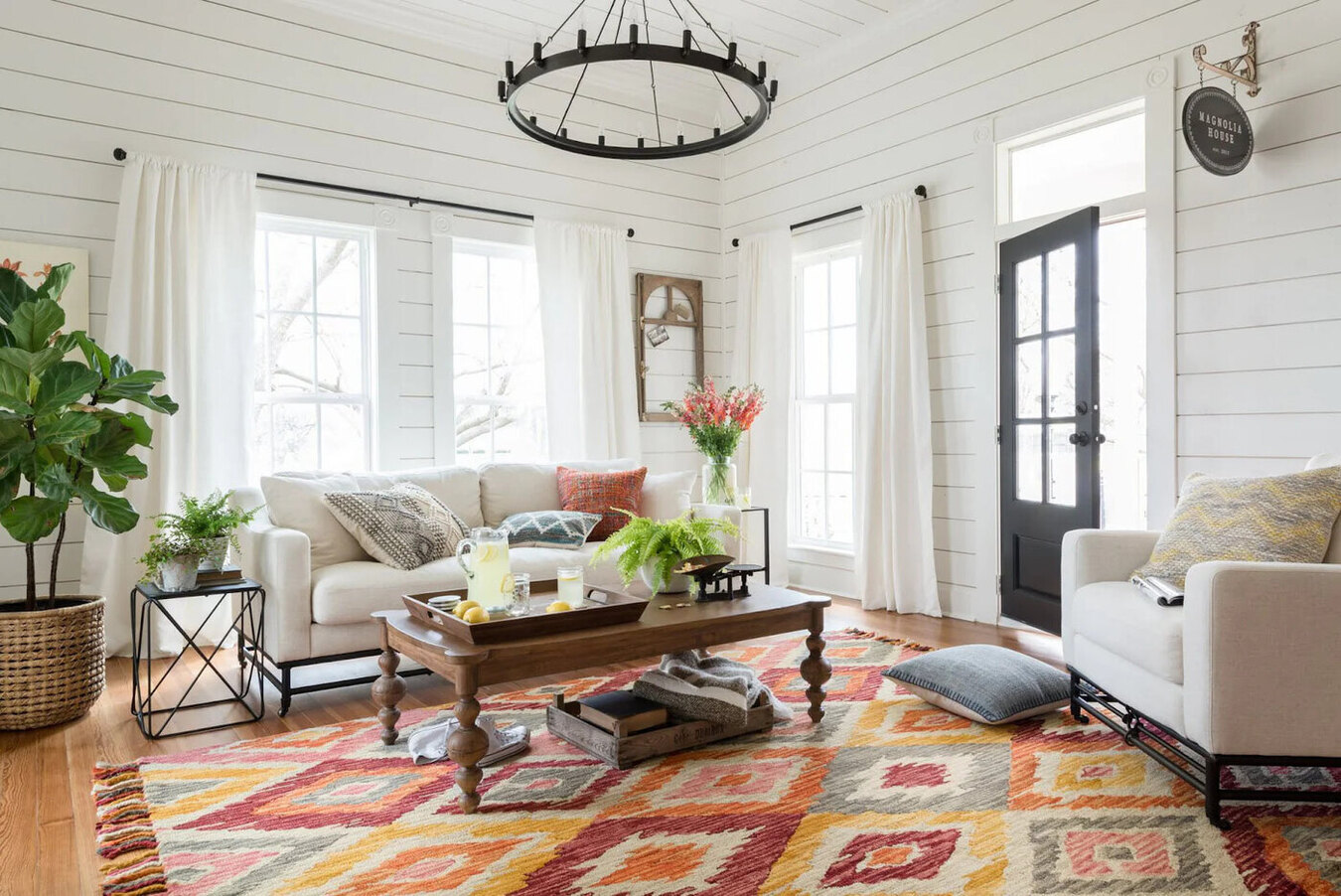
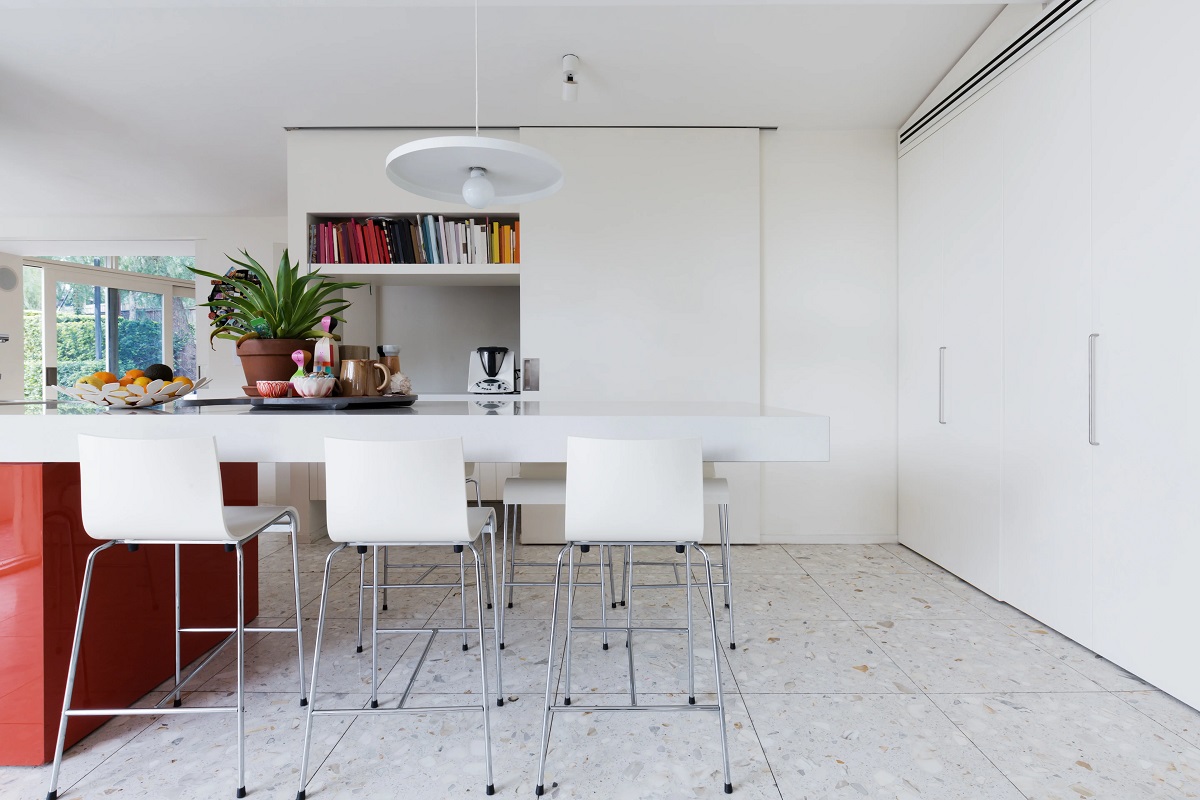
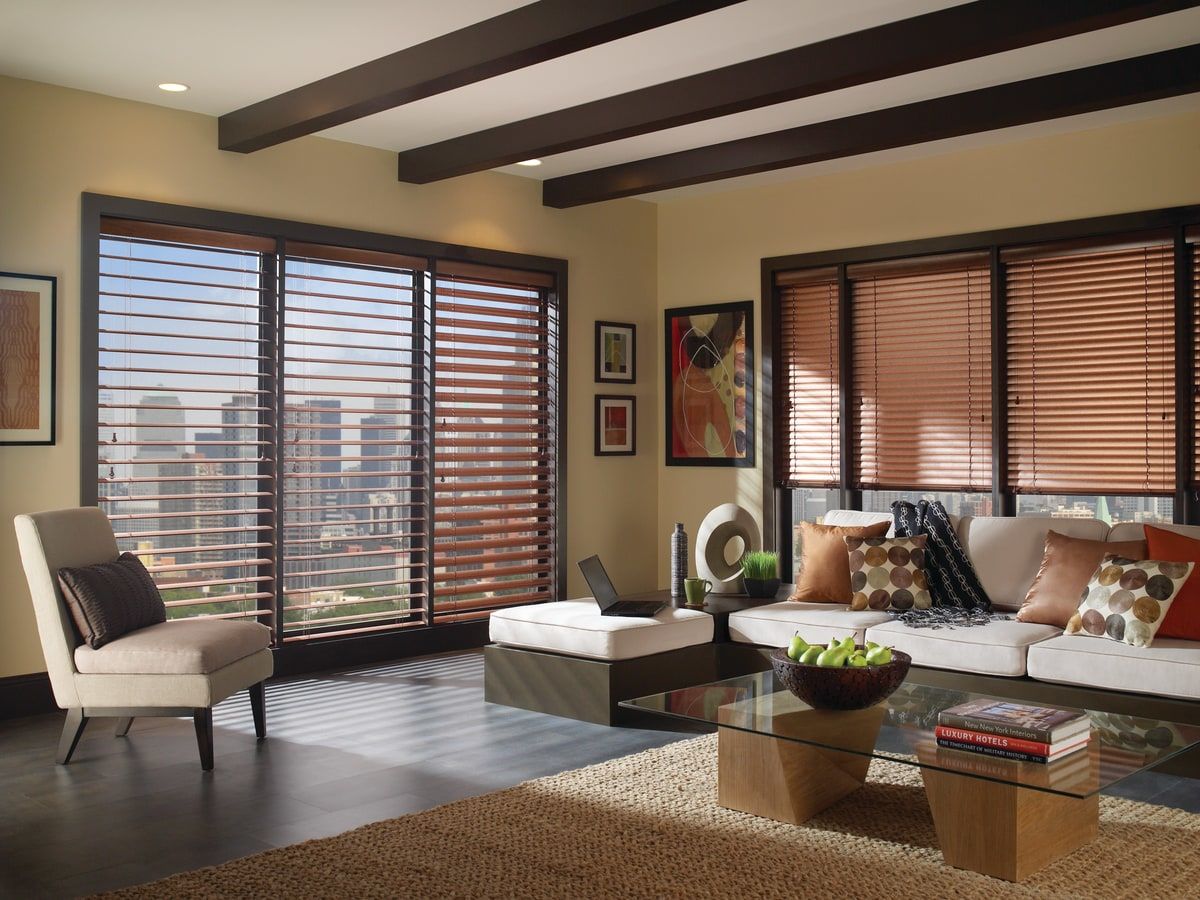
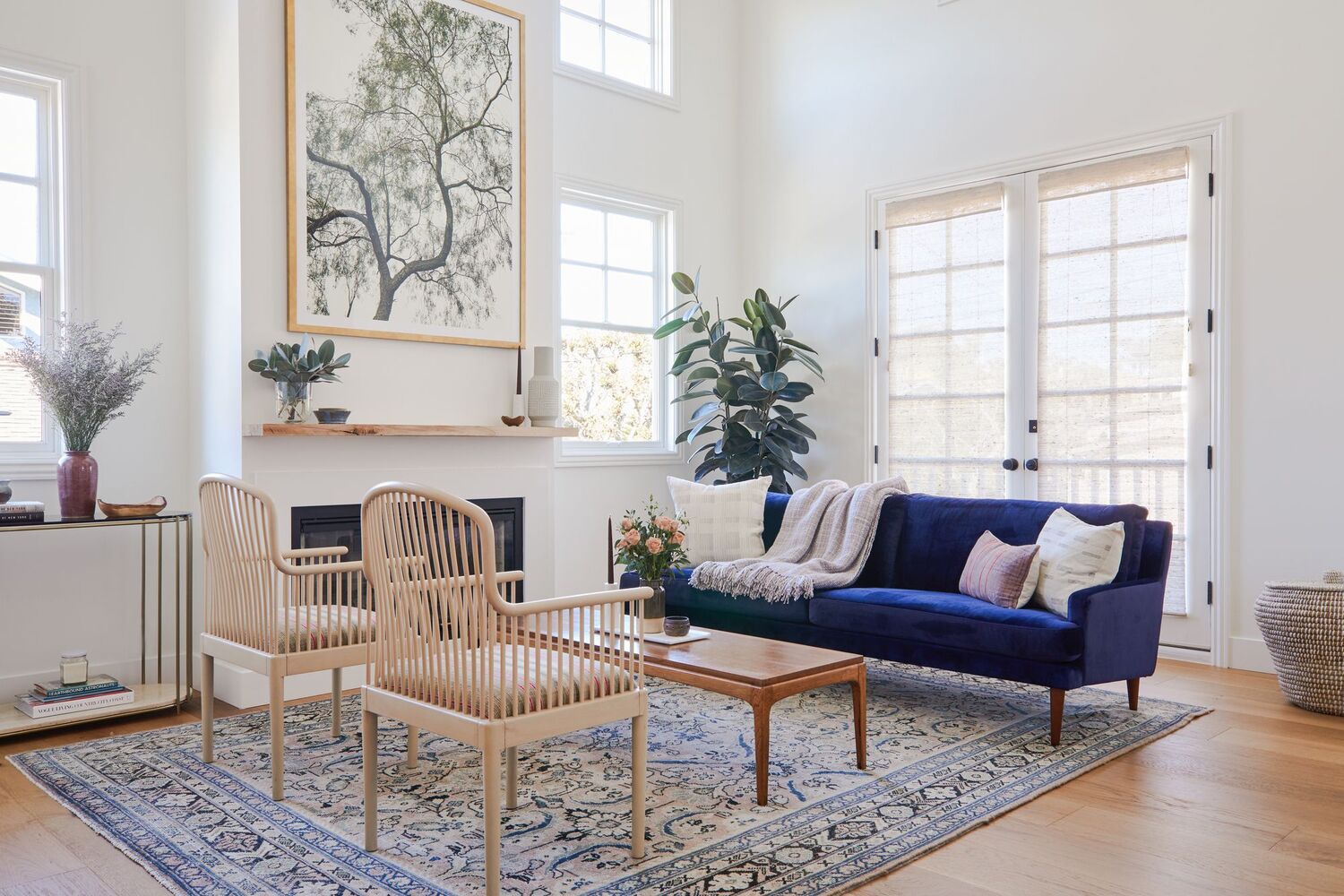
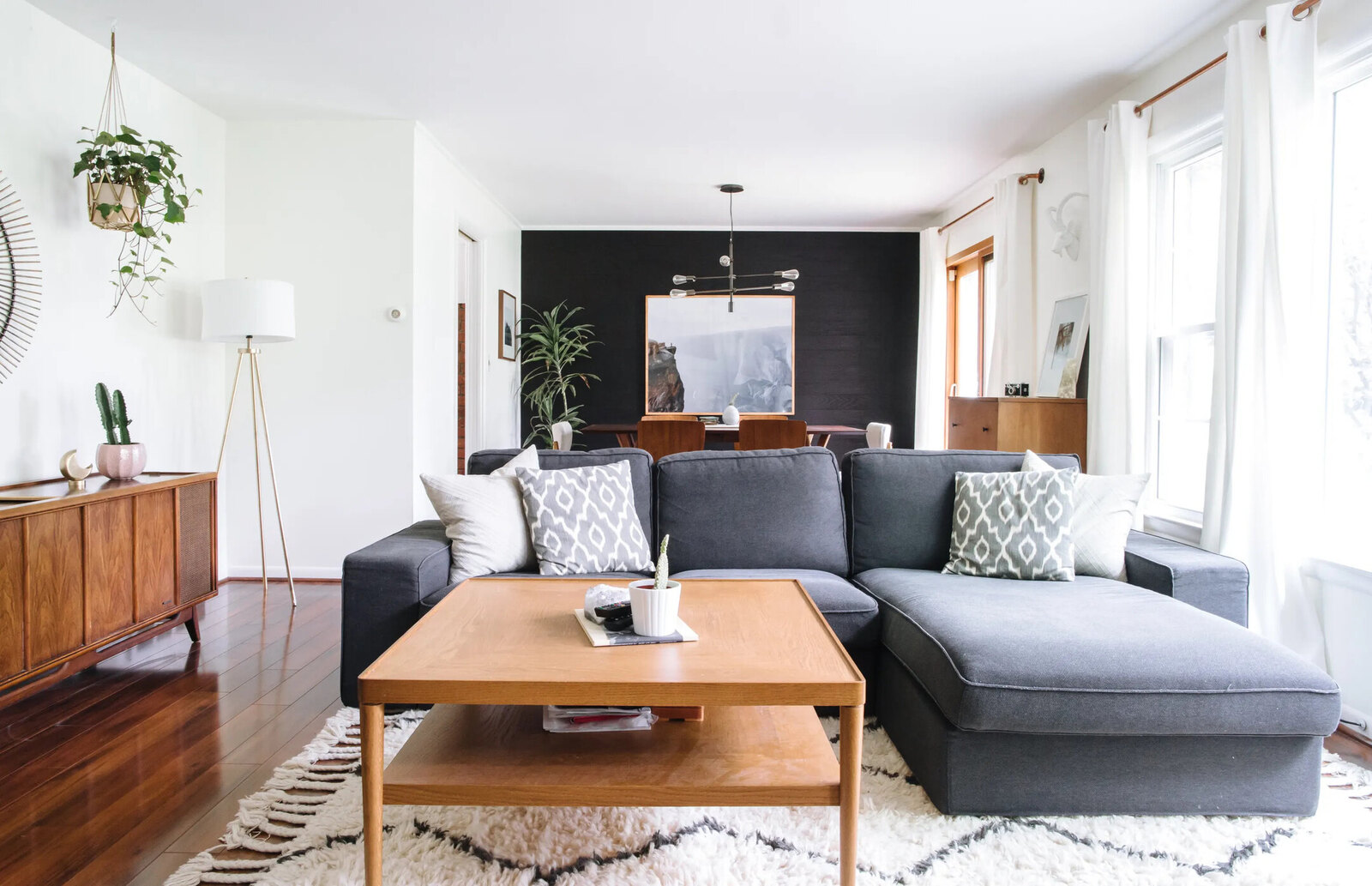
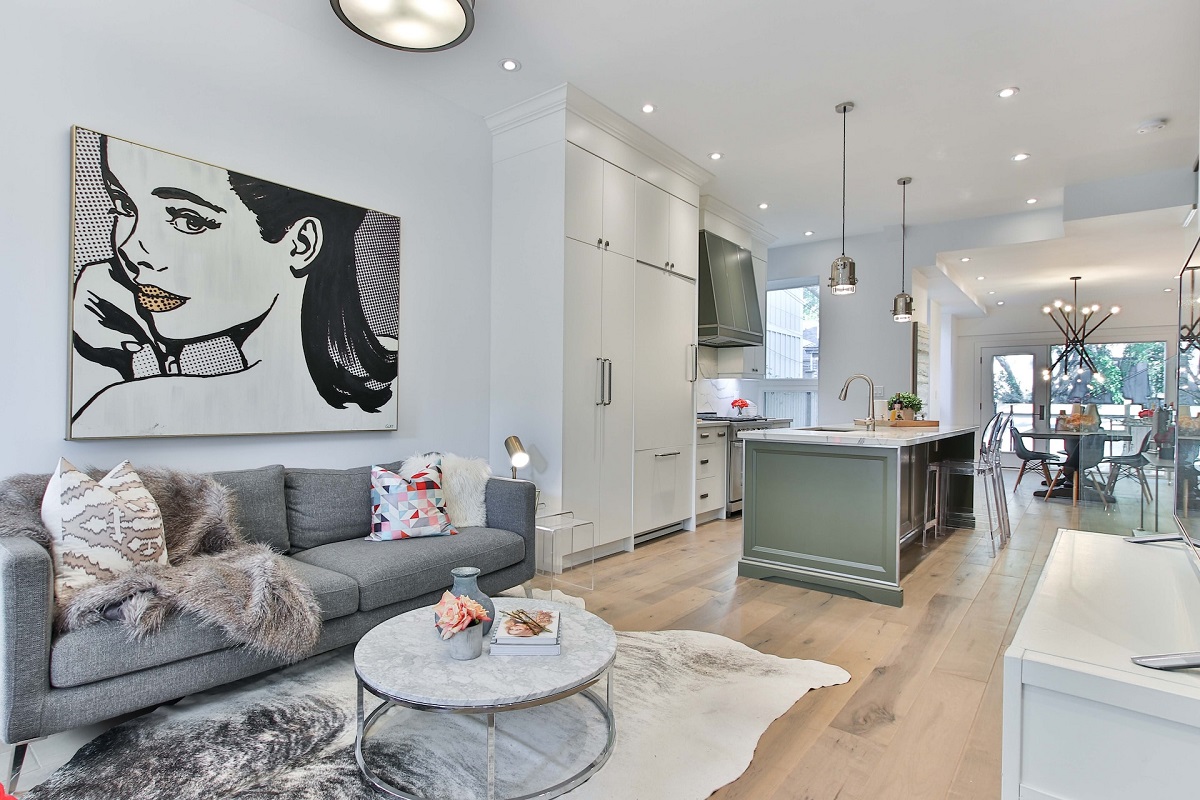
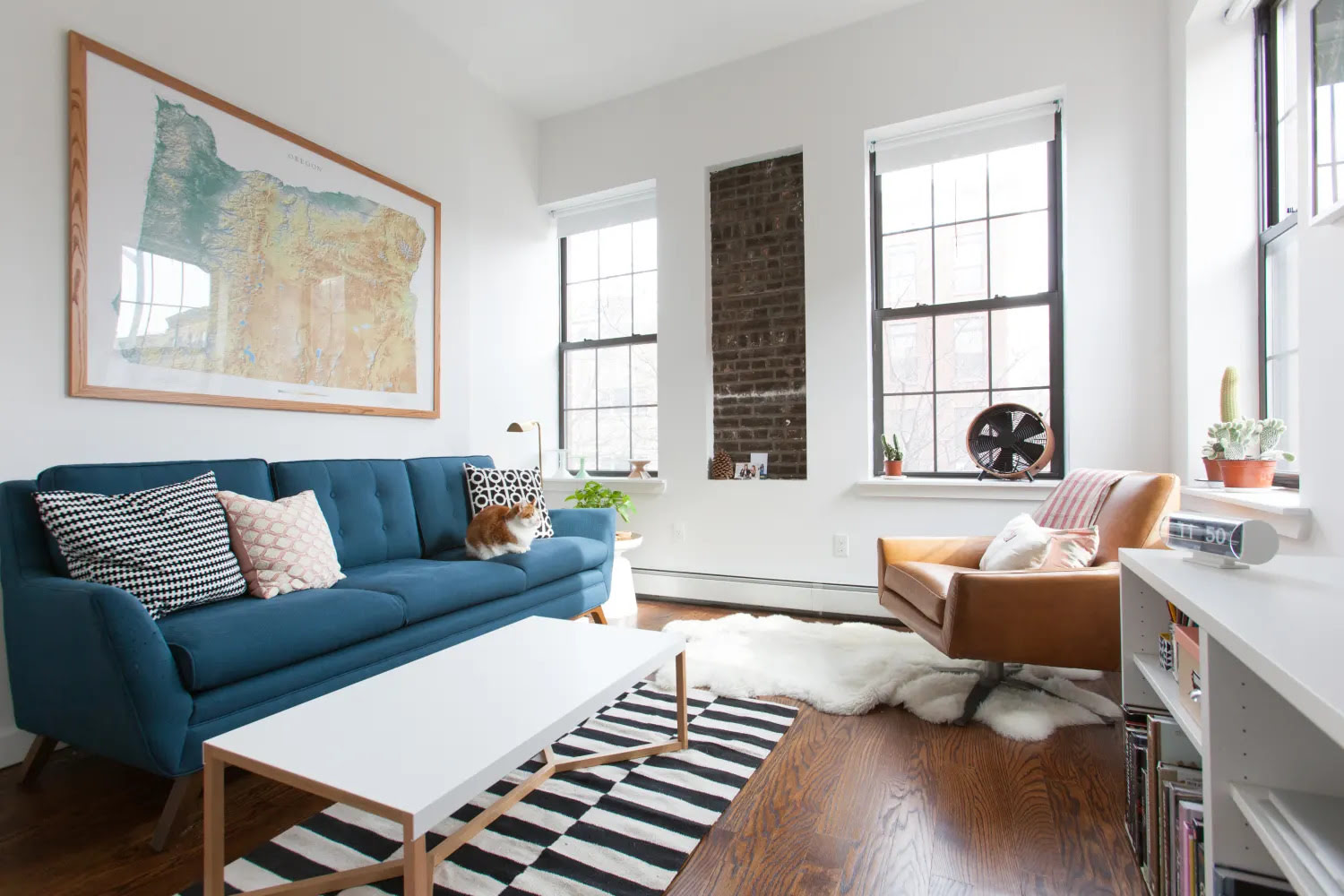
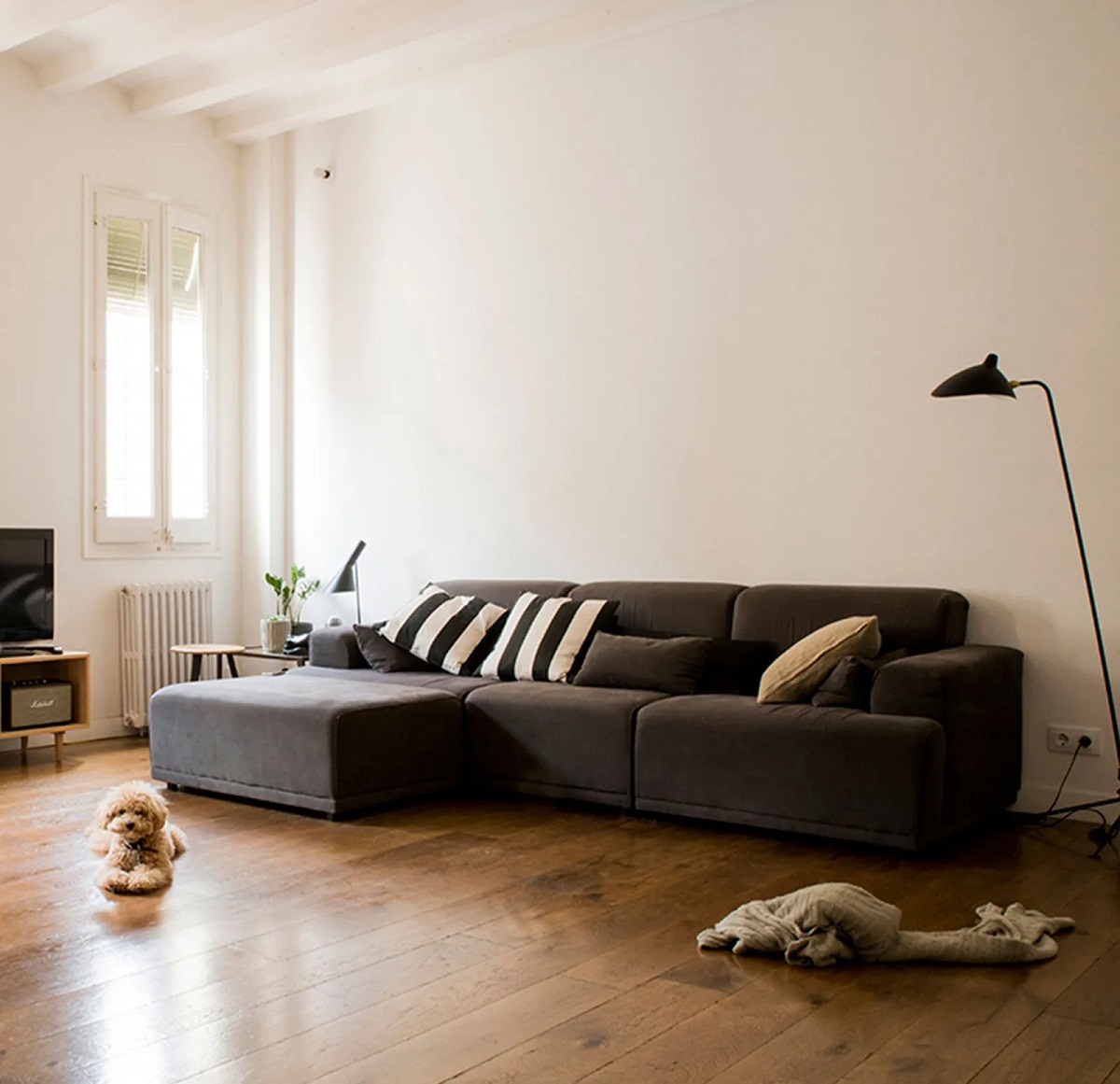
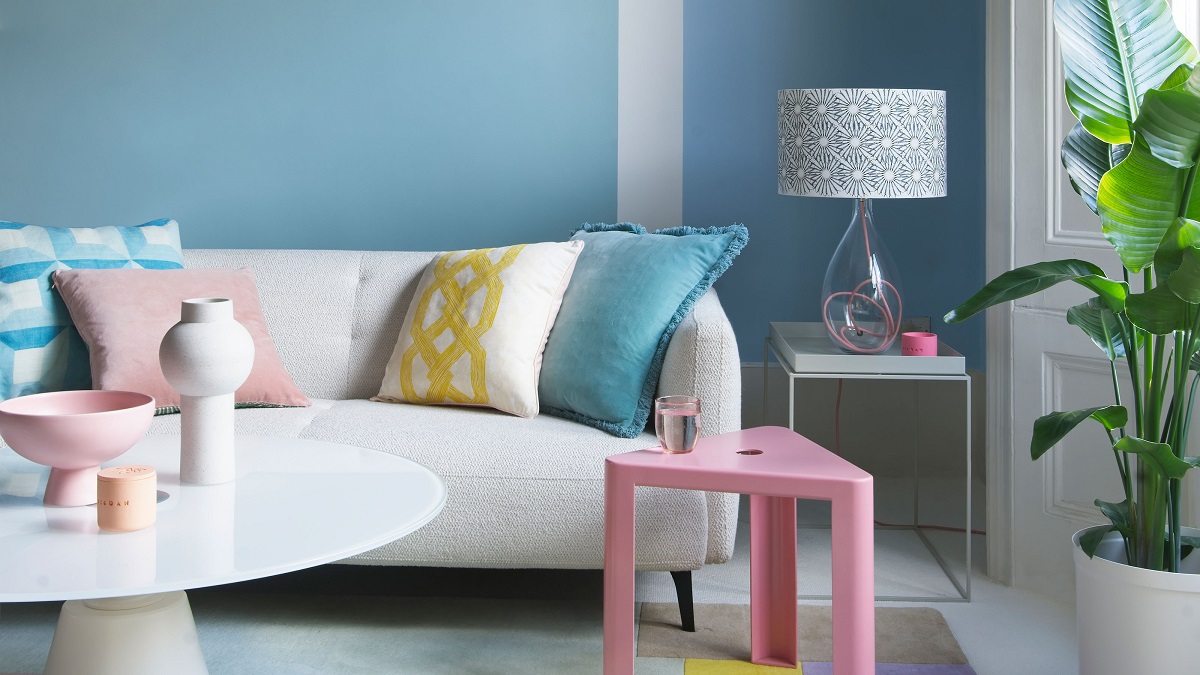
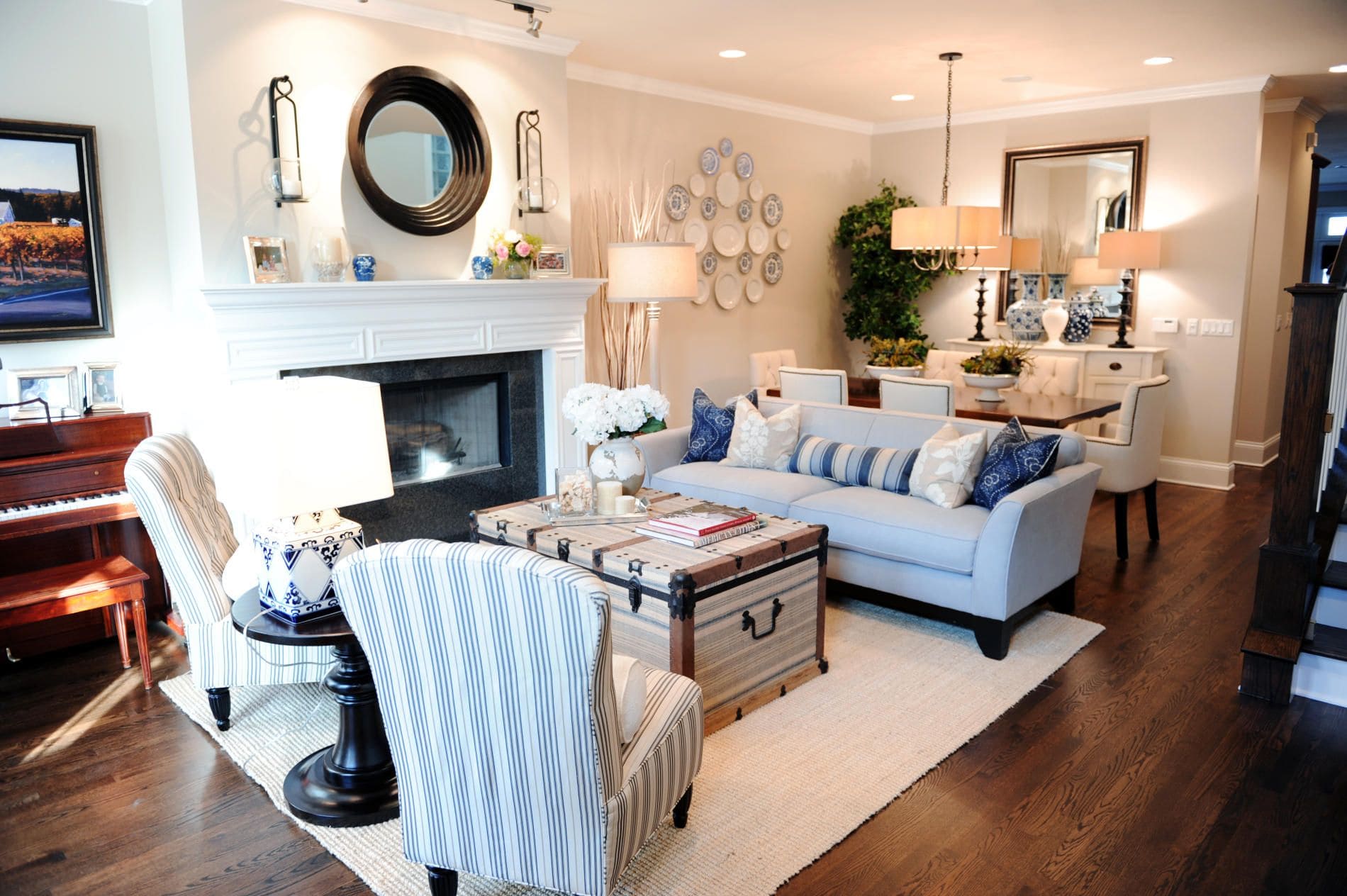
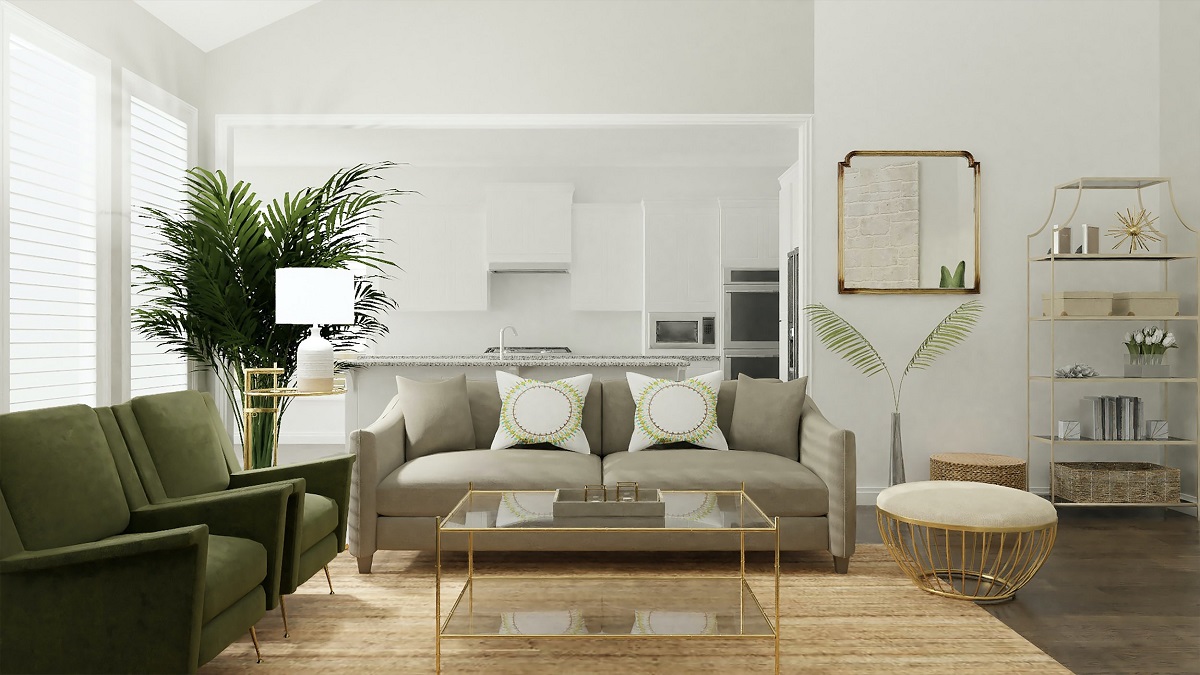
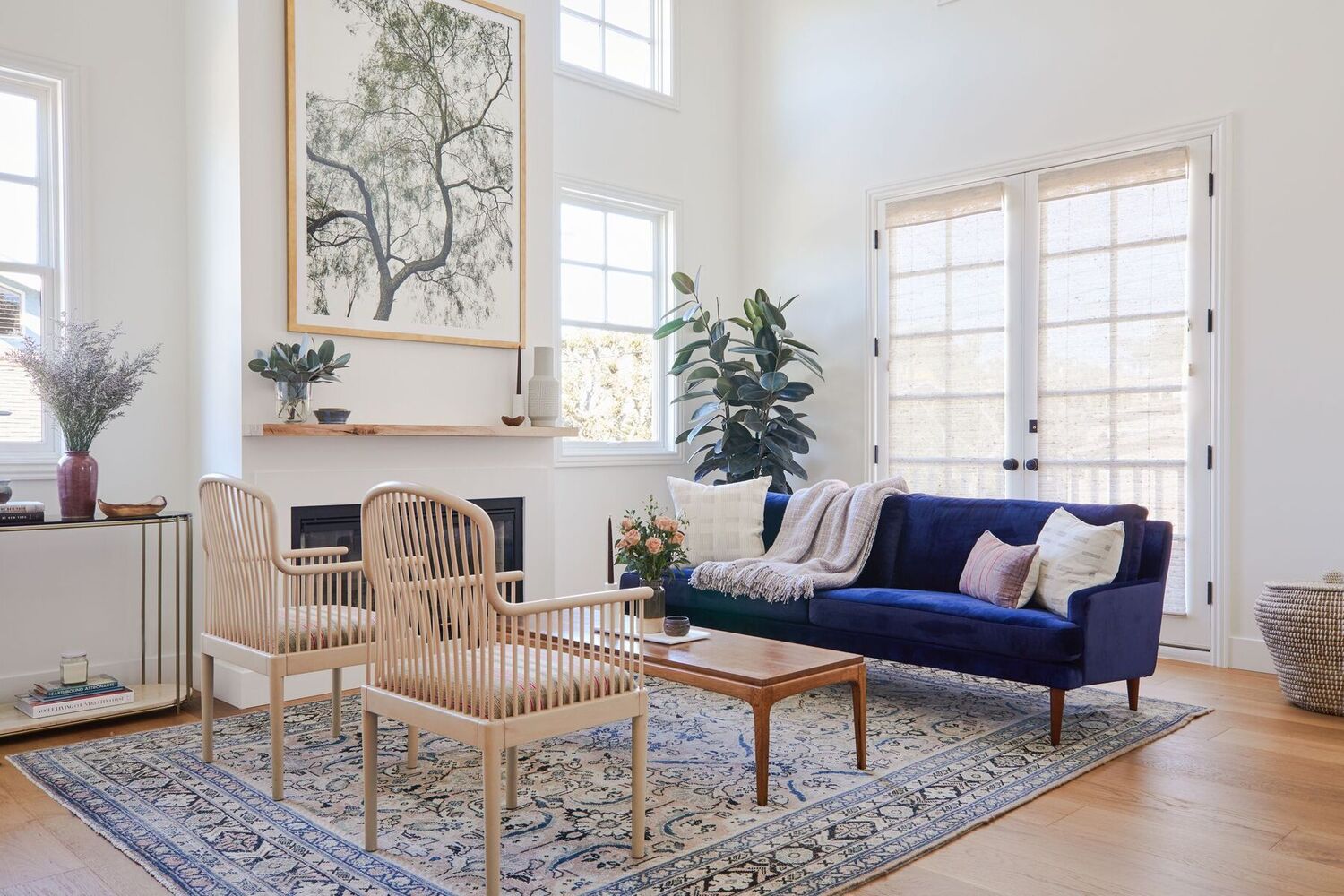
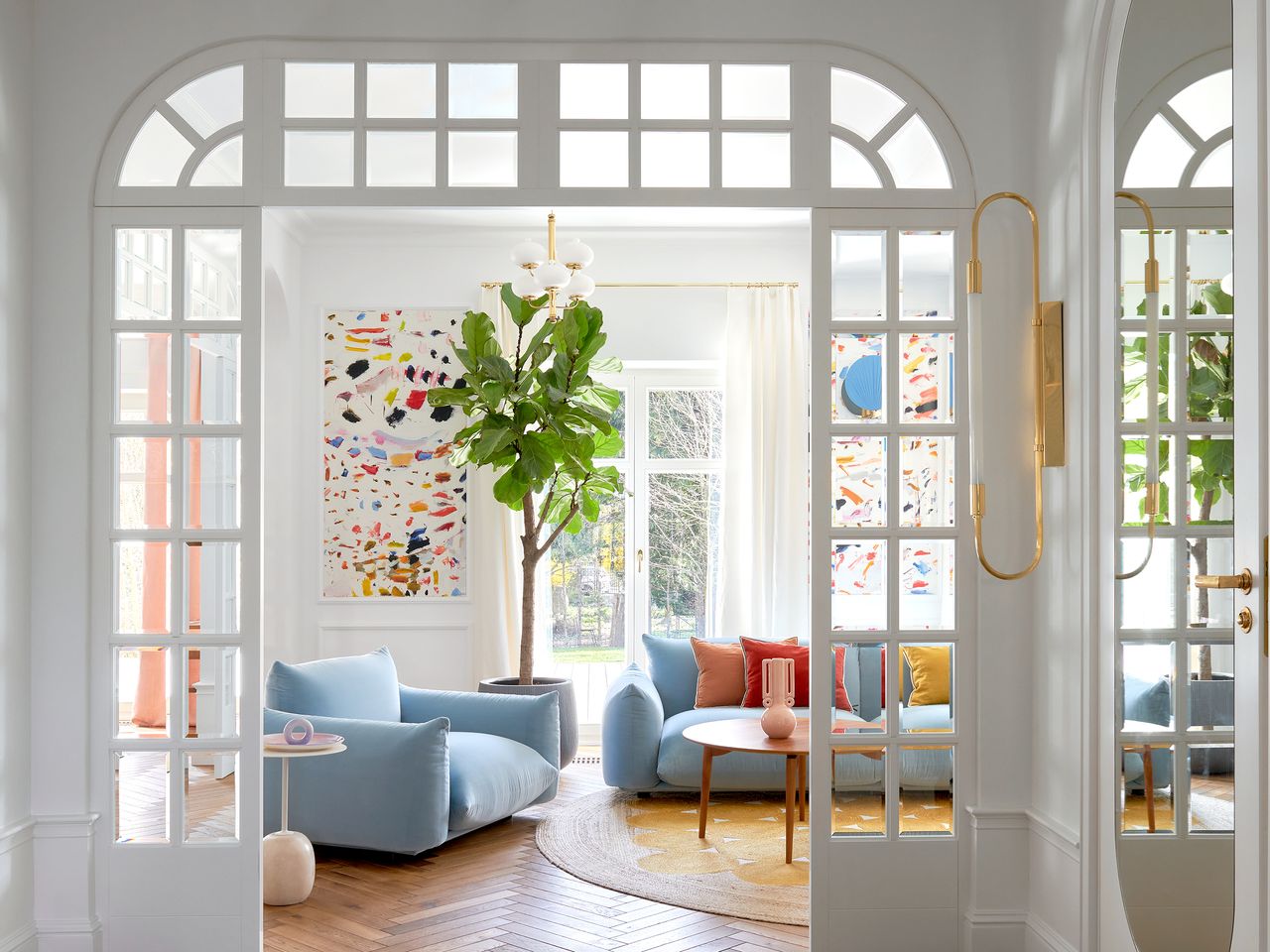

0 thoughts on “Family Room Mistakes To Avoid: According To Designers”